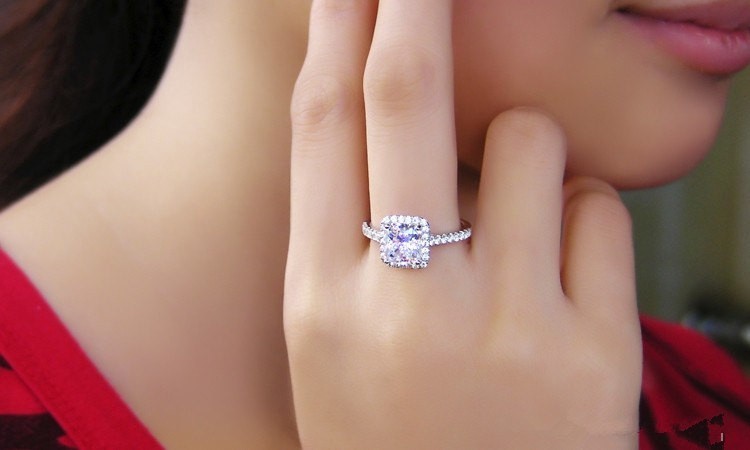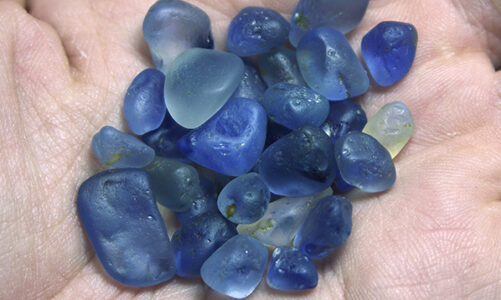Regardless of whether it’s a ring, a wristband, studs, or jewelry, a Diamond ring can investigate the following level. You can go from easy to glitz in seconds with the assistance of a couple of astonishing embellishments. Jewels are adored and are ordinarily seen as an image of responsibility, being the stone of decision for commitment and wedding bands. In case you’re on the lookout for another precious stone you may have caught wind of lab-developed jewels, however, it would all be able to be somewhat befuddling. Here are the beginning and end you need to think about man made diamond rings and how they are made.
What Are Lab Grown Diamonds?
To Learn Lab created diamonds you should be aware that Lab developed precious stones are known by numerous names: lab developed jewels, refined precious stones, man-made precious stones, engineered jewels alongside numerous others. Despite what you call them, they positively have made a wave in the precious stone industry.
It is safe to say that they are Real Diamonds?
To put it plainly, yes. Lab-developed precious stones are genuine jewels.
The long answer is that the Federal Trade Commission (FTC) characterizes a jewel as unadulterated solidified carbon in the isometric cubic framework, regardless of whether it is mined from the earth or filled in a lab. The FTC has picked this meaning of a jewel as both lab developed precious stones and mined precious stones have similar compound, optical and actual properties.
Lab-developed jewels are indistinguishable from precious stones found in the earth all around. Both offer similar characteristics and qualities, for example,
- Substance Composition: C
- Translucent Structure: Cubic
- Refractive Index: 2.42
- Scattering: 0.044
- Hardness (Mohs): 10
- Thickness: 3.52
So whether it is mined or filled in a lab, a jewel is a precious stone.
How Lab-Grown Diamonds Compare To Mined Diamonds
Lab-developed jewels are made utilizing conditions that imitate the character interaction that makes earth-developed precious stones. This implies that carbon is exposed to high temperatures and high pressing factors in a controlled climate. The final product is a precious stone.
The way toward making a jewel in a lab is considerably more effective. Labs utilize two unique techniques to develop precious stones—High Pressure-High Temperature (HPHT) and Chemical Vapor Deposition (CVD).
- HPHT
At the point when the HPHT strategy is utilized, a little precious stone seed is put into a piece of carbon. At that point utilizing either a belt press, cubic press, or a split-circle (BARS) press, the carbon is compressed to around 1.5 million pounds for every square inch. Furthermore, the carbon is additionally presented to temperatures more than 2,700 Fahrenheit.
- CVD
Like HPHT, CVD utilizes a little jewel seed (frequently an HPHT precious stone). This seed is put inside a fixed chamber that is warmed to more than 1,400 Fahrenheit and loaded up with carbon-rich gases (commonly methane and hydrogen). These gases are then ionized into plasma utilizing innovations like lasers or microwaves. This innovation basically separates the atomic obligation of the gas. When the sub-atomic bond is separated, unadulterated carbon starts to adhere to the seed and other precious stone structures.




